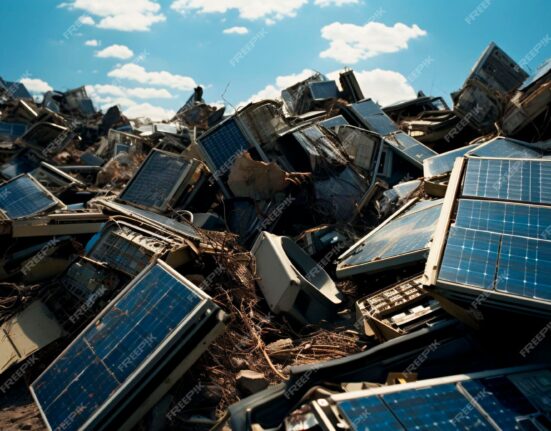Consumer advocacy group Choice recently conducted a comprehensive test on 20 popular Australian sunscreens. The results were alarming, as only four out of the 20 sunscreens lived up to their SPF50 protection claims, with the remaining 16 falling short.
Choice’s findings shed light on the discrepancies between what sunscreen labels claim and the actual protection they provide. This has sparked concerns among consumers who rely on these products for sun protection.
According to CEO Ashley De Silva, despite these concerning results, it is essential for people to understand that even sunscreens with lower SPF still offer significant protection. He emphasized,
“It would be a real shame if people decided that sunscreen was not useful or that it didn’t matter because the science shows that’s not true.”
The report highlighted various sunscreen brands failing to meet their advertised SPF ratings. One notable example was Ultra Violette’s Lean Screen SPF50+ Mattifying Zinc Sunscreen, which cost $52 for 75 milliliters but only returned an SPF rating of four in Choice’s testing.
In response to these findings, many brands contested Choice’s results and stood by their own independent testing, showing compliance with the advertised SPF levels. However, some companies like Coles, Ultra Violette, and Invisible Zinc have expressed willingness to conduct additional tests following Choice’s report.
Despite these revelations, experts like Linda Martin from the Melanoma Institute urge caution against dismissing the importance of sunscreen altogether. Dr. Martin emphasized the critical role of proper application and usage of sunscreen in protecting against skin cancer.
Dr. Martin stressed,
“Don’t go and throw your sunscreen out; if anything, use more — that’s the most important take-home message.”
She also highlighted how adequate application of sunscreen is just as crucial as choosing a high-SPF product.
Moreover, it is vital for Australians to grasp the significance of using sunscreen correctly regardless of its SPF value.
Research indicates that proper application plays a pivotal role in shielding individuals from harmful UV rays and reducing their risk of developing skin cancer.
To ensure consumer safety and adherence to quality standards, all sunscreens in Australia are regulated by the Therapeutic Goods Administration (TGA). Following Choice’s report submission to TGA regarding non-compliant products’ findings, regulatory actions are anticipated in response.
John Staton highlighted the necessity for corrective measures when sunscreens fail to meet their stated claims. He outlined that while variability in testing results exists across different laboratories due to human subject testing reliance issues prevail if there are substantial deviations from expected outcomes.
As Australians navigate through this information about sunscreen discrepancies revealed by Choice’s report, experts suggest focusing on proper application techniques rather than solely relying on high-SPF labeled products for effective sun protection.









Leave feedback about this